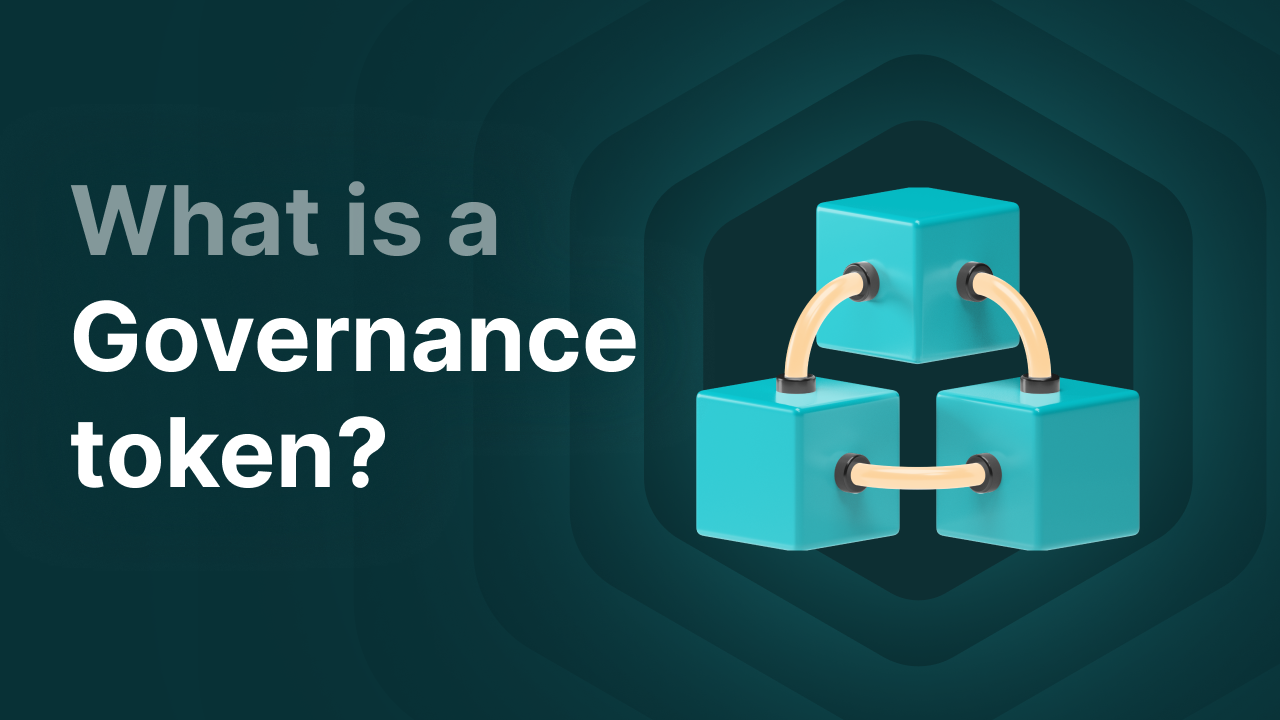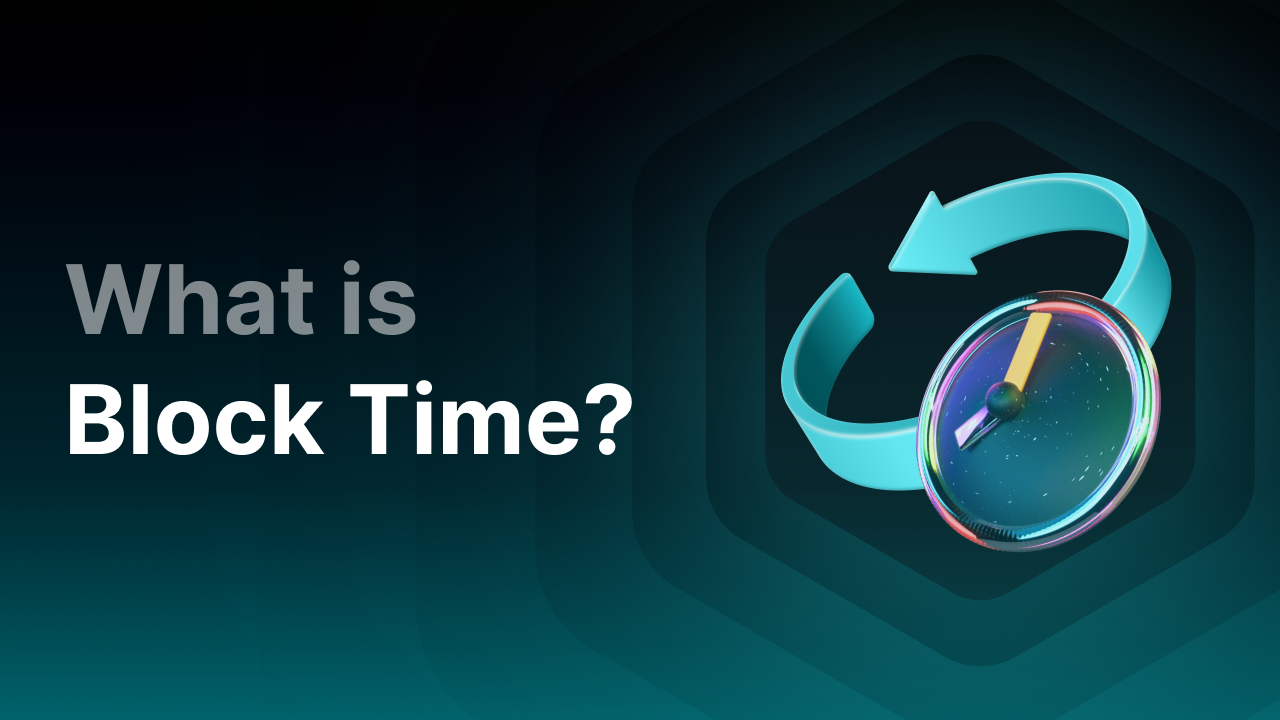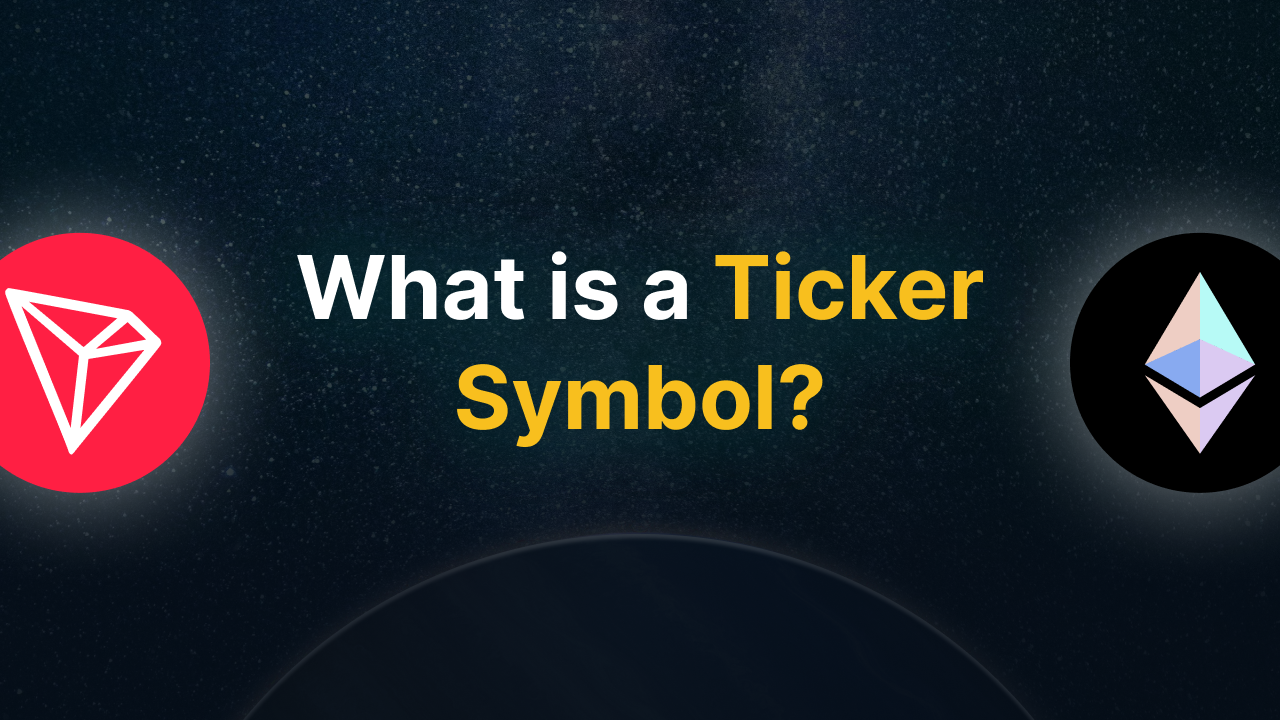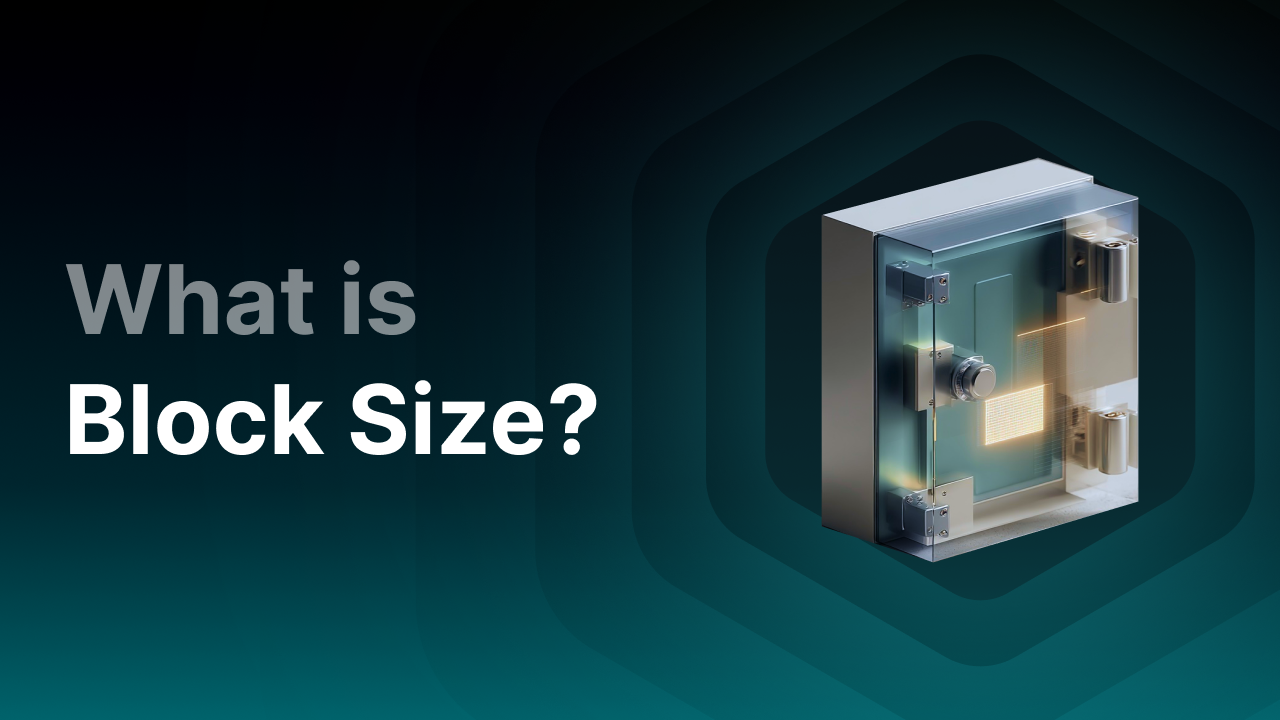What is a decentralized exchange (DEX)?
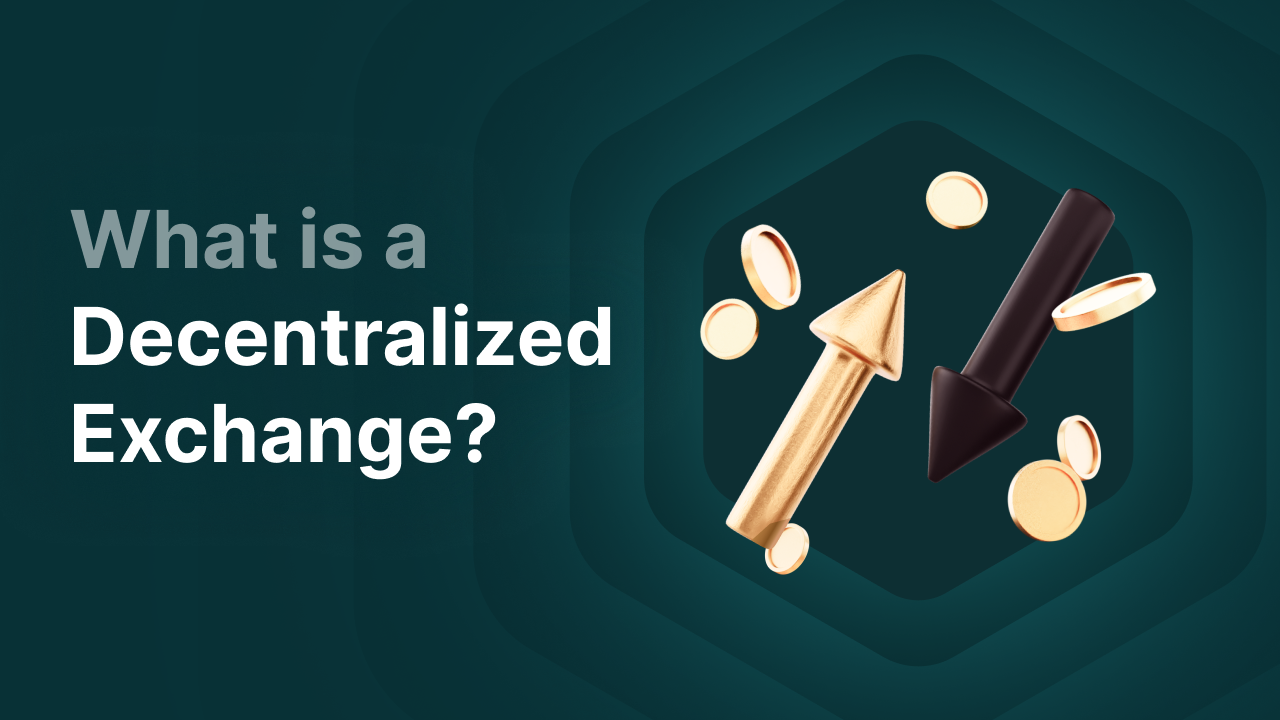
What is a decentralized exchange (DEX)?
A decentralized exchange (DEX) is a peer-to-peer marketplace for cryptocurrencies where you can trade without intermediaries. No bank, no broker, no central party controlling everything. You trade directly with others using smart contracts on the blockchain.
It’s basically the opposite of the more familiar crypto brokers and exchanges you might be used to. These are called centralized exchanges. These are platforms where you can also trade, but the company (in our case, Finst) acts as an intermediary. Finst ensures your trades are processed safely and quickly, so you don’t have to do it yourself on the blockchain.
On decentralized exchanges, almost everything is handled by code. If you make a mistake, there’s no one to help you.
Key Takeaways
-
DEXs (Decentralized Exchanges) are platforms where you trade crypto for crypto directly on the blockchain.
-
They run entirely on blockchain technology and smart contracts, giving you full control over your assets. There’s no central authority.
-
Well-known DEXs include Uniswap, PancakeSwap, and Curve.
-
Instead of order books, DEXs often use liquidity pools for fast and direct swaps.
-
Advantages include more privacy, lower fees, and a wider range of tokens, but you are fully responsible for your own security and mistakes.
-
DEXs are powerful and innovative, but due to complexity, they’re less suitable for beginners than centralized exchanges.
How does a DEX work?
Unlike a "regular" exchange like Finst (also called a CEX – Centralized Exchange), you can’t exchange euros for crypto on a DEX. It’s purely crypto-to-crypto. So: selling Bitcoin to buy Solana? Yes, that’s possible. Depositing euros on a decentralized exchange? That’s not possible. You’ll need to convert your euros to crypto elsewhere, such as on centralized exchanges or brokers. On a decentralized exchange, you’ll always need your own wallet with crypto in it. So you’ll have to buy it somewhere else first.
At a CEX, it usually works like this: you place a buy or sell order, and the exchange matches your order through an order book. This system sets the price based on supply and demand, just like a stock market. You can also do things like crypto bundles, staking, DCA, and more,all neatly integrated within the platform. On a DEX, you do all of this yourself. You manage your portfolio, handle your own security, and execute your own trades. These exchanges are powered by smart contracts. On a centralized exchange, all of this is handled for you.
Liquidity pools
Instead of an order book, a DEX usually uses liquidity pools. These are pots of crypto "locked" by other users in exchange for a reward (like interest). This allows for instant swaps without waiting for a buyer or seller.
And here’s the cool part: most DEXs are open-source. So anyone can see exactly how they work and even build their own. That’s why so many swap platforms exist, like Uniswap, Sushiswap, and PancakeSwap.
In short:
- DEX = crypto-for-crypto trading, fully on the blockchain
- No intermediaries, no order books, just smart contracts and liquidity pools
- Fully transparent and open-source, anyone can join (or build their own)
The advantages of a DEX
Not your keys, not your coins:
One of the biggest pros of a DEX? You don’t need anyone’s permission. No government regulations, no companies deciding if you can participate. You just need a wallet, some crypto, and you’re ready to trade. You’re completely in control. Even if all centralized exchanges disappeared, you’d still have your Bitcoin in your wallet. That wouldn’t be the case on a centralized exchange. Ideal for people who want to stay anonymous or don’t trust third parties.
That’s why people in the crypto world often say: “not your keys, not your coins.” What they mean is, if you don’t control your own keys (private and public keys), you’re not truly the owner of your crypto. It’s not completely black and white, but the idea from Bitcoin’s founder Satoshi Nakamoto was to give people more control over their own money.
Lower costs:
Since you’re trading peer-to-peer, transaction costs on DEXs are often lower. There’s no third party charging a fee to execute your trade,you only pay the blockchain fee and your order goes through.
Token availability:
Another benefit: more choice. You’re not limited to a few popular coins. On DEXs, you’ll often find tokens that aren’t even listed on major platforms yet. That’s appealing for people who want to get in early on new projects,often at a much lower price.
And yes, some DEXs even offer advanced features like margin trading or options. Not all of them, but it’s becoming more common. And all without intermediaries. Direct and free.
The disadvantages of a DEX
Sounds great,and it is,but DEXs also have their downsides.
No one can help you
On a decentralized exchange, you’re always fully responsible. Send crypto to the wrong wallet? You’ve lost it forever. No one can undo that. The blockchain is immutable. And there’s no support team to call. Everything runs on smart contracts. If you mess up, there’s no going back.
Technical knowledge
Even for tech-savvy users, it takes time to figure things out. You’ll deal with different chains, tokens, wallets, smart contracts, network data, and more. Not recommended for beginners. We always suggest being careful when investing. That’s why a centralized exchange is often the best option for most investors. It’s less prone to mistakes, handles security for you, and you’re less likely to lose your coins.
Scams
Since you’re more likely to encounter scam coins via DeFi platforms, the risk is higher. Most centralized exchanges vet a coin before listing it, so scams are rare there. Be cautious if you think you’ve found a hidden gem. Always do your own research!
Decentralized vs Centralized Exchange
The performance problem of blockchains
Blockchains are amazing, but not always fast or cheap. Especially smart contract networks like Ethereum. And guess what, 9 out of 10 major DEXs run on Ethereum.
Traditional exchanges can update prices instantly and handle tens of thousands of transactions per second. Blockchains? Not so much. Ethereum processes about 15 to 30 transactions per second (TPS). This can scale under pressure, and they’re working on upgrades that will handle tens of thousands or even over 100,000 TPS. But that’s not here yet. So, you can’t always trade on Ethereum as quickly or cheaply as on an exchange. That’s not the case for every blockchain though. There are faster and cheaper alternatives, such as Layer-2 solutions like Sonic (S), Optimism (OP), and Avalanche (AVAX).
Hard for beginners
A DEX isn’t something you can just jump into. Before you can trade, you need to:
-
Create a wallet, like MetaMask or Phantom.
-
Transfer crypto from a centralized exchange to your wallet.
-
Connect your wallet to a DEX like PancakeSwap or Uniswap (or any other protocol on that blockchain).
-
Only then can you start trading.
Bought a token? You’ll only see it in your wallet if you manually add the token address or correct chain. Want to transfer crypto to another chain? You’ll need knowledge for that too. In short, it’s not always easy for beginners.
Even experienced users may need time to figure it out. That’s why many people still prefer centralized exchanges: faster, easier, and worry-free.
DNS: Still centrally controlled
Here’s something you might not think about: DNS (the system that links domain names to websites) is still centrally controlled. So even if a DEX is fully decentralized, the domain might still be controlled via a central system. In theory, this could be blocked or manipulated by certain authorities.
How do you use a DEX (Decentralized Exchange)?
Want to trade crypto without intermediaries? Then use a DEX. You connect your crypto wallet and trade directly with others. Here’s how:
1. Choose a DEX, a wallet, and the right blockchain
There are many DEXs, like Uniswap (Ethereum), PancakeSwap (BNB Smart Chain), or Curve (multiple chains). You’ll also need a wallet like MetaMask or Phantom. Make sure your wallet is set to the right blockchain, otherwise it won’t work.
2. Connect your wallet to the DEX
Click ‘Connect wallet’ or scan a QR code to connect. The DEX will usually ask which chain you’re on or automatically select it. Choose the right one (e.g., Ethereum or BNB Chain).
3. Make a trade
Everything set? Choose which crypto you want to trade and execute. The DEX processes it on the blockchain. The interface usually makes it easy to convert, for example, Ethereum to Optimism (or whatever is available on that blockchain/DEX).
4. Check if it worked
After the trade, view the details in your wallet or check via a block explorer like Etherscan or BscScan (depending on the blockchain) to verify.
How much does a DEX actually cost?
That varies by platform. For example, Uniswap charges 0.3% per trade, which goes to liquidity providers. Protocol fees might be added in the future.
But honestly, that 0.3% is nothing compared to Ethereum’s gas fees. During busy times, those can easily be tens of euros per transaction. Say you want to withdraw money from a protocol, send it to another wallet, and do a swap,you could spend tens of euros just on fees. So again: do your research before diving into decentralized trading!
Final thoughts
Decentralized exchanges (DEXs) offer a unique and free way to trade crypto without intermediaries. They’re transparent, open-source, and give you full control over your own crypto (just as Satoshi Nakamoto intended). But with this freedom comes responsibility: you’re in charge of your own security, technical know-how, and trade execution. For advanced users, DEXs offer many benefits like lower costs, access to new tokens, and more privacy. For beginners, centralized exchanges are often a safer and easier starting point. Whatever you choose: always do your research before getting started.
